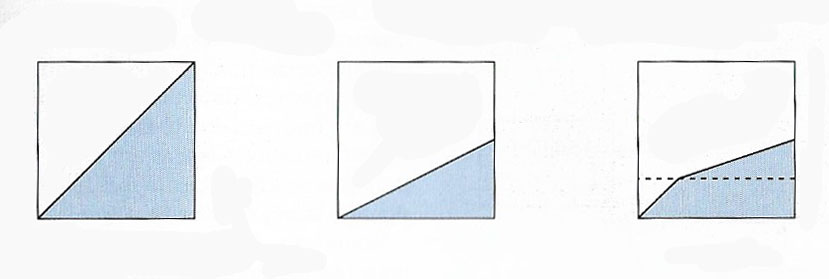compression

Effect of signal compression.
Effect of signal compression. On the three graphs, the output level is shown on the vertical axis and the input level on the horizontal axis. Without compression, the relationship between the output and the input is linear. A threshold level (dashed line) can be set above which the dynamic range is reduced.
Compression is the reduction of the dynamic range of a signal. Compression may be intentional or one of the effects of a system that is driven to overload. If intentional, it is done to ensure suitable placement of sound levels between the lowest and highest distortion-free levels of an electroacoustical system. Compression may be thought of as a form of non-linear amplification where peak levels above a certain threshold are amplified according to input-to-output ratios such as 2:1, 3:1, 5:1, 10:1 or 20:1 which reduce the peak levels accordingly. Compressors may be combined with dynamic range expanders which suppress low level signals below a threshold according to a 1:2 or 1:20 ratio, the latter being called a gate because low level signals such as background noise are effectively eliminated.
Compression is also the portion of a sound wave in which molecules are pushed together, forming a region with higher-than-normal atmospheric pressure.


